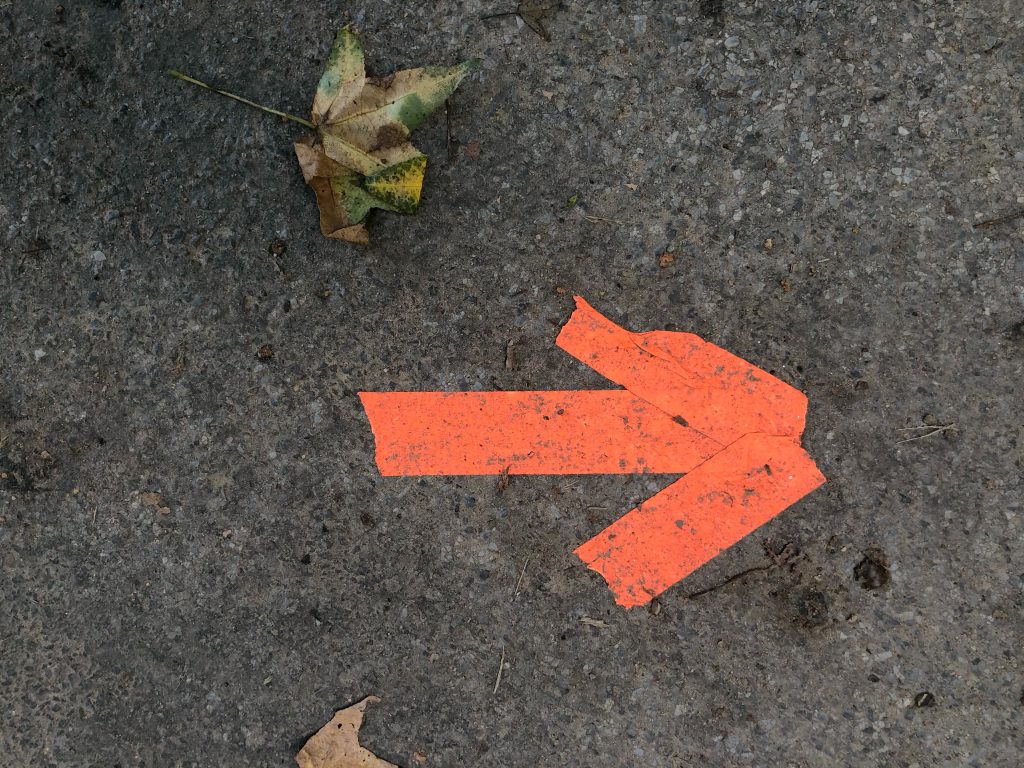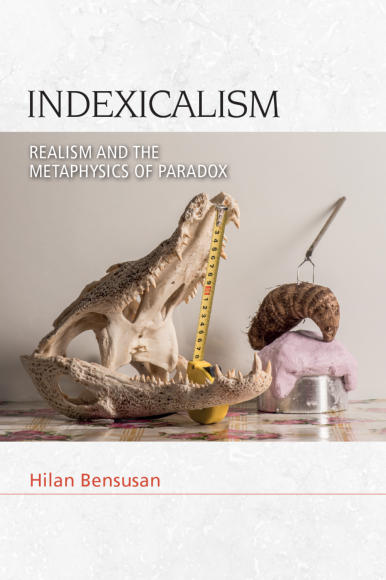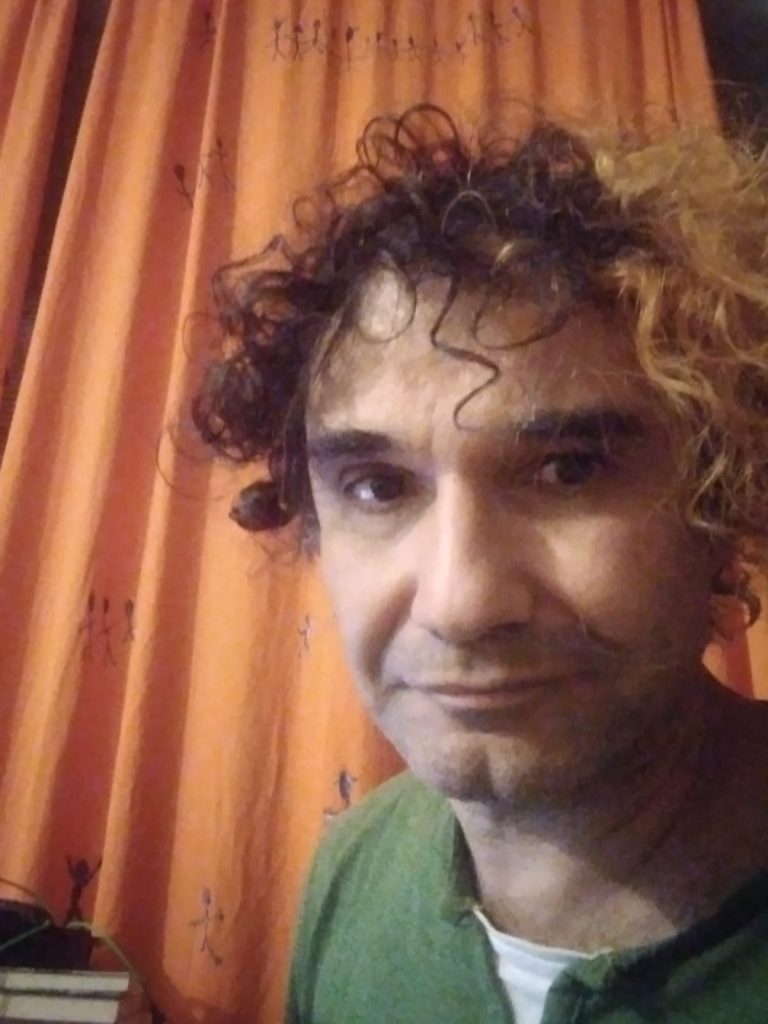
by Hilan Bensusan
Pointing is a thoroughly situated activity.
One points at what is somehow around – even when one needs complex language devices for the exercise.
Maybe because thinking often aims to be indifferent to where one is, pointing appears often at most as a preamble or as an opening gambit to thought. Yet, one can acknowledge its dignity.
Opacity is what ensures diversity…
To begin with, it has the virtue of opacity. Édouard Glissant famously claimed that opacity is what ensures diversity. Pointing doesn’t state what anything is, or that it is supposed to be anything. While a substantive intends to expose what it is about, pointing simply focuses on something making little or no assumptions about it – just that it is over there. What is at stake is just that something is there, neither its ultimate nature nor its potential secrets intend to be displayed.
To be sure, it could be less than elegant to point at something – or someone – when a description comes together with the gesture, but it is the description that makes the pointing invasive. Otherwise, it simply directs the attention to something without exposing what is concealed. It is precisely that capacity to abstain from any predication that ensures a dignity that Glissant fears would evaporate if everything is made transparent. Whatever is fully exposed becomes controllable and, indeed, part of a unity that could pave the way to an exorcism of dissent. Insufficient and preliminary as it could seem, the language of pointing – bodily gestures extended by deictic expressions like there, later, outdoors, other and different – stops short of attempting to reveal what things (ultimately) are.

…pointing allows for gaps in the attempts at a complete understanding
Anna Tsing once formulated the task of giving an account of what there is as two-fold: one needs to tell the world with the aid of one’s best capacities and one ought to leave room in the ground for alternative narratives that are not subsumed by the account being given.
She was neither recommending tolerance or pluralism concerning different narratives nor skepticism about any encompassing theory. Rather, she was trying to make sure that other accounts could find their room within the account being proposed. This double task becomes possible if the world is told in indexical terms – the other, in particular, is not understood as a shorthand for a substantive description that intends to make it transparent, but is intrinsically opaque. This is another virtue of pointing, not unrelated to opacity and to what Glissant saw as ensuring diversity: pointing allows for gaps in the attempts at a complete understanding. Precisely because the other is other, there is no such thing as a completion in the horizon of an account of what there is in the language of pointing.
…pointing is what makes clear that thinking about things is an unavoidable situated exercise.
Indexicalism: Realism and the Metaphysics of Paradox is an exploration of this dignity. It argues that although substantive accounts could appear to be more satisfying, they are incapable of performing what pointing straightforwardly and ordinarily achieve.
As a consequence of this indexical turn – seeing pointing as capable to deal best with the opaque furniture of the universe – the book proposes a notion of reality that is situated and modulated by what is other and outer. Pointing appears as more in touch with how things are than the use of substantives. This main claim – which is articulated around a combination of the Jewish tradition of mistrust towards complete representations and the animist idea that agency is ubiquitous – has a family resemblance with some doctrines with Speculative Realism. To some extent, this movement placed opacity at the center of contemporary philosophical preoccupations. Indexicalism furthers this care of the opaque by indicating how the substantive and the transparent themselves require an underlying activity of pointing. It claims that pointing is what makes clear that thinking about things is an unavoidable situated exercise.

About the Book
Hilan Bensusan clarifies the logic and structure of an essentially situated and indexical metaphysics that is paradoxical and can also be regarded as a chapter in the critique of metaphysics. Bensusan articulates a metaphysical view of the other – both human and non-human, in what Meillassoux calls ‘the great outdoors’ – that can never be totalised into a single or univocal whole. He develops an innovative account of perception, as a matter of our irreducibly situated relationship to this non-totalisable outdoors.

About the Author
Hilan Bensusan is Professor of Contemporary Philosophy at the University OF Brasilia.
He is the author of Being Up for Grabs: On Speculative Anarcheology (Open Humanities Press, 2016). His other books are published in Portuguese: A diáspora da agência – Ensaio sobre o horizonte das monadologias (The diaspora of agency – Essay on the horizon of monadologies) (EdUFBA, 2018), Linhas de animismo futuro (Lines of future animism) (Mil Saberes, 2017), Heráclito – Exercícios de Anarqueologia (Heraclitus – Exercises in anarcheology) (Ideias e Letras, 2012) and Excessos e Exceções (Excesses and exceptions) (Ideias e Letras, 2008).





